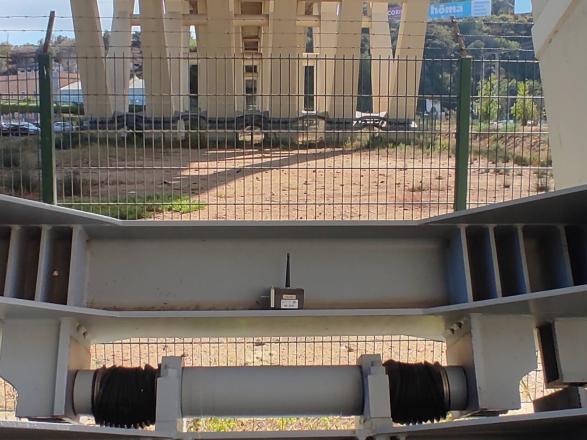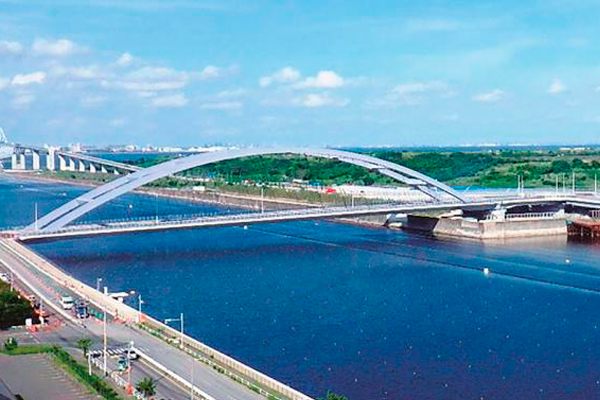
Challenge
In order to obtain reliable information about the structural health of important Italian rail infrastructure, ETS srl and Microgeo srl have been using wireless sensors for the monitoring of a multi span Masonry Arch Bridge located on the Roma – Formia railway line.
Retrofitting works were designed by ETS’ engineers, who proposed sewing cracks and reinforcing the entire surface of the barrels with a reinforced concrete shell joined to the existing masonry arches through connection steel bars. In order to obtain appropriate information about the efficacy and functionality of the retrofit design, a precise and reliable monitoring system was required. Due to the particular geometry and monitoring requirements, several methods of monitoring architecture were evaluated.
Over all other instrumental solutions, a wireless one was selected on a trial basis to assess a section of the bridge. This offered a high cost savings, allowed control of thresholds safe values of monitored parameters and provided alerts in case of excessive deformations or displacements.

Solution
Senceive proposed the monitoring using wireless triaxial tilt nodes, as well as Optical Displacement Sensors (ODS), mounted on 1000mm beams. ODS nodes were easily fitted to beams using swivel mounts, then beams were quickly installed using self-tapping screws. Initial deployment consisted of 8 tilt sensors, measuring the rotation and 2 ODS installed on the underside of the bridge, at 12 o’clock positions, measuring rotational movement as well as the change in distance to the ground.
The wireless mesh network, formed by these sensors then transferred data to a solar powered 3G gateway. It used the mobile cellular network to relay data to a secure cloud server, which can be viewed and analysed by registered users of Senceive’s WebMonitor software.
Outcome
Sensors were extremely precise and the accuracy of ODS distance measurements showed a repeatability of ±0.15mm which also detected the natural “breathing” of the bridge to sub-mm precision.

The scalability of the FlatMesh® system allows it to be expanded easily and it gives the client control of changing; reporting rates, text alert trigger levels and the option for real-time monitoring if necessary. With a battery life of up to 15 years, the nodes are completely autonomous and monitoring duration can be increased if required. Eliminating any kind of intervention or maintenance also reduces the risk to site workers. Precise and reliable data continues to be received 24/7 and is supported by Senceive’s dedicated customer support and technical team.



